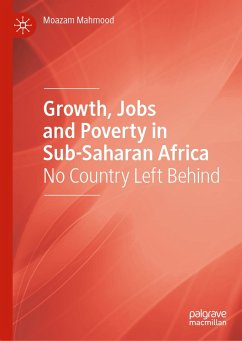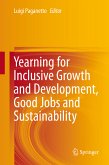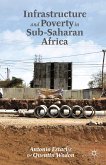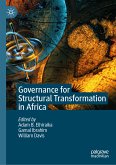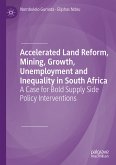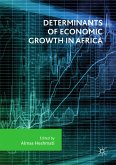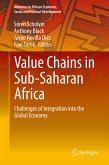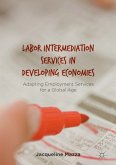Sub-Saharan Africa (SSA) should not be defined by the structural parameters and opportunities of low-income countries, given that it also comprises a number of higher-income countries. This book finds that SSA is tightly constrained in its growth, employment and poverty outcomes. Rather than taking this as a conceptual downside, these constraints to growth and development have to be recognised and overcome-not just by a few countries able to escape them more easily, but by all countries in SSA, such that no country is left behind.
The book observes a weakness in the quantum of growth in SSA. It relates this to a growth path based more on extractives than manufactured goods. While SSA is endowed with extractives, global demand for these is very volatile. These boom-bust cycles in export demand come to affect not just the export sector in SSA as a resource curse, but also the production of output of the entire economy. The book captures this through the working out of equilibrium in four major markets: the tradeables market, the domestic goods market, the labour market, and the money market.
The book observes a weakness in the quantum of growth in SSA. It relates this to a growth path based more on extractives than manufactured goods. While SSA is endowed with extractives, global demand for these is very volatile. These boom-bust cycles in export demand come to affect not just the export sector in SSA as a resource curse, but also the production of output of the entire economy. The book captures this through the working out of equilibrium in four major markets: the tradeables market, the domestic goods market, the labour market, and the money market.
Moazam Mahmood is Professor in Economics at the Lahore School of Economics (Pakistan) and Visiting Professor at the Capital University of Economics and Business in Beijing (China).
Dieser Download kann aus rechtlichen Gründen nur mit Rechnungsadresse in A, B, BG, CY, CZ, D, DK, EW, E, FIN, F, GR, HR, H, IRL, I, LT, L, LR, M, NL, PL, P, R, S, SLO, SK ausgeliefert werden.
Es gelten unsere Allgemeinen Geschäftsbedingungen: www.buecher.de/agb
Impressum
www.buecher.de ist ein Internetauftritt der buecher.de internetstores GmbH
Geschäftsführung: Monica Sawhney | Roland Kölbl | Günter Hilger
Sitz der Gesellschaft: Batheyer Straße 115 - 117, 58099 Hagen
Postanschrift: Bürgermeister-Wegele-Str. 12, 86167 Augsburg
Amtsgericht Hagen HRB 13257
Steuernummer: 321/5800/1497
USt-IdNr: DE450055826
Bitte wählen Sie Ihr Anliegen aus.
Rechnungen
Retourenschein anfordern
Bestellstatus
Storno

